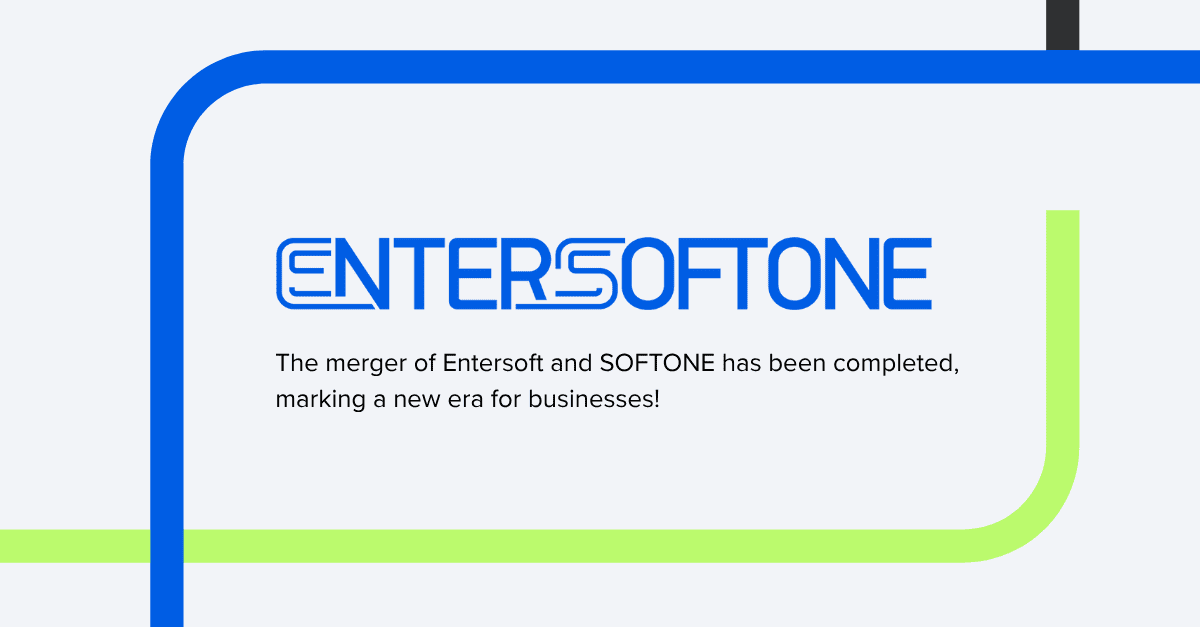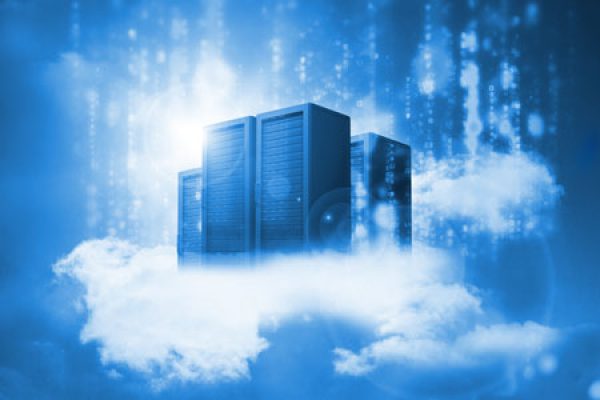Share
Read also

News & Events
ENTERSOFTONE: The merger of Entersoft and SOFTONE has been completed, creating the largest provider of business software products and services in Greece and Southeast Europe.

Mobility
Outlook for the BYOD and EM market from 2025 to 2035

Cloud
The Cloud CRM market will see impressive growth by 2033

Mobility
Key trends in Sales Force Automation
Many claim that knowledge is power and ignorance is weakness. Nevertheless, we believe that smattering or, in other words, superficial knowledge, is actually the worst case scenario. Especially in the IT industry where there is a vast amount of information that cannot be all processed so that you determine if it is actually reliable. This makes it very difficult for businesses to evaluate facts and parameters when making important decisions, such as whether they should move their business applications to the cloud or not, and then on if they should choose a cloud ERP or a cloud-hosted ERP solution. The starting point is always the same: having a comprehensive view of the various different deployment options.
When considering these particular ERP approaches, the first thing that comes to mind is the SaaS (Software as a Service) model, as it pertains to systems that are fully web-based and make use of a subscription-based service. In other words, businesses pay a fixed monthly fee to use the vendor’s software. There is no doubt that installing a system based on the SaaS model is cost-efficient. Nevertheless, there are issues. This type of systems are not easily customized, software updates are automated and there is no way to opt out, and in many cases businesses do not actually have ownership of their own data, meaning that – if you decide to stop using this particular SaaS-based ERP system, you may find yourselves in the need to actually buying your own data from the ERP vendor!
On the other hand, cloud-hosted ERP solutions represent a more “traditional” model, where IT systems are installed in the business premises. For example, in a traditional model, you would buy a number of software licenses for a particular ERP system and the system would be installed in your own servers, where all daily operations would be performed. In a hosted environment, you still have to buy software licenses, but instead of installing the software in your own IT infrastructure, it is “hosted” by a cloud partner. As is the case with SaaS, you can access your ERP system and business applications from any device with an Internet connection. In this case, the initial cost is higher, as you have to purchase the server licenses, but the cost of acquiring and maintaining IT infrastructure, firewall upgrading, antivirus protection, server software and data backup is entirely the hosting partner’s responsibility! Additionally, you can customize your software so that it suits your specific needs and, at the same time, you have full ownership of your business data.
At some point, you’ll start wondering when it is the right time to transfer your operations to the cloud. There is no single and definite reply, as the special needs of each business must be taken into consideration. Unfortunately, one size doesn’t fit all! Of course, there is a series of reference points that can signal when the time has come for you to take this step. For example, if you have just purchased a brand new server, then most probably it would not be cost-effective to move to the cloud. On the other hand, if your servers are approaching the end of their lifecycle, or if an upgrade of your ERP software is not compatible with your server’s older software, then the cloud is the only viable solution for your business! The same applies if your servers are half-way through their lifecycle, but your IT department is spending most of their time and efforts to ensure that your IT systems are functional. In this case as well, the transition to the cloud is the recommended solution!
As with every important business decision, the transition to the cloud is something that requires a lot of thought. There are many factors that must be taken into consideration. But before you start examining the financials, weighing the pros and cons, it is very important to know the differences among the various cloud deployment options.







